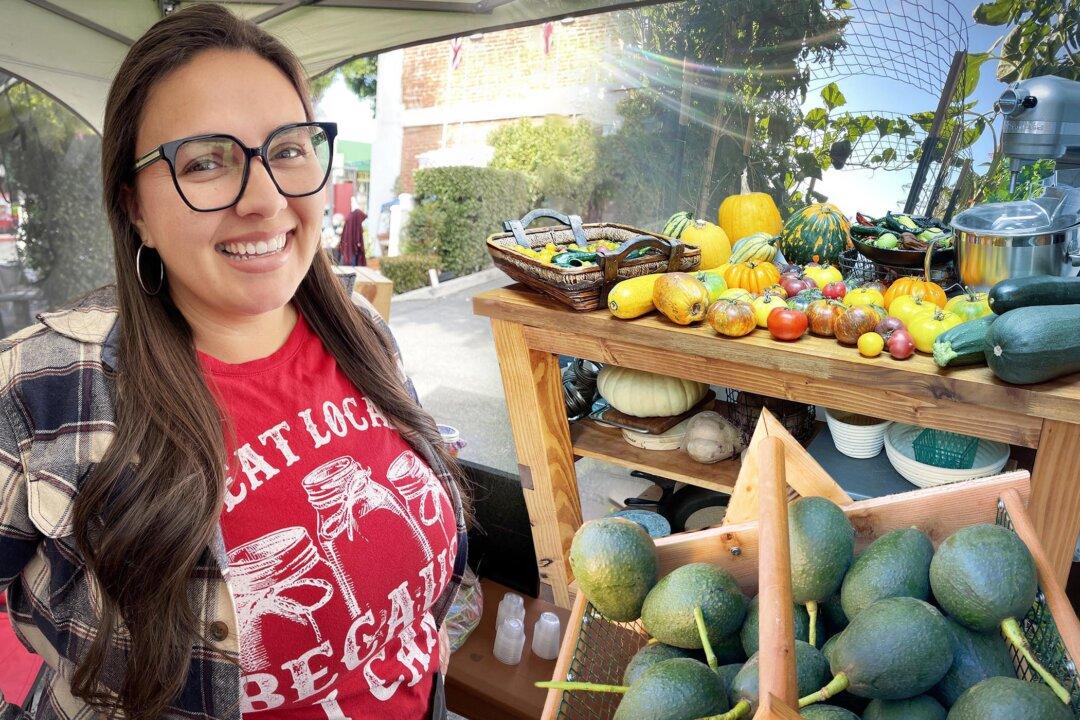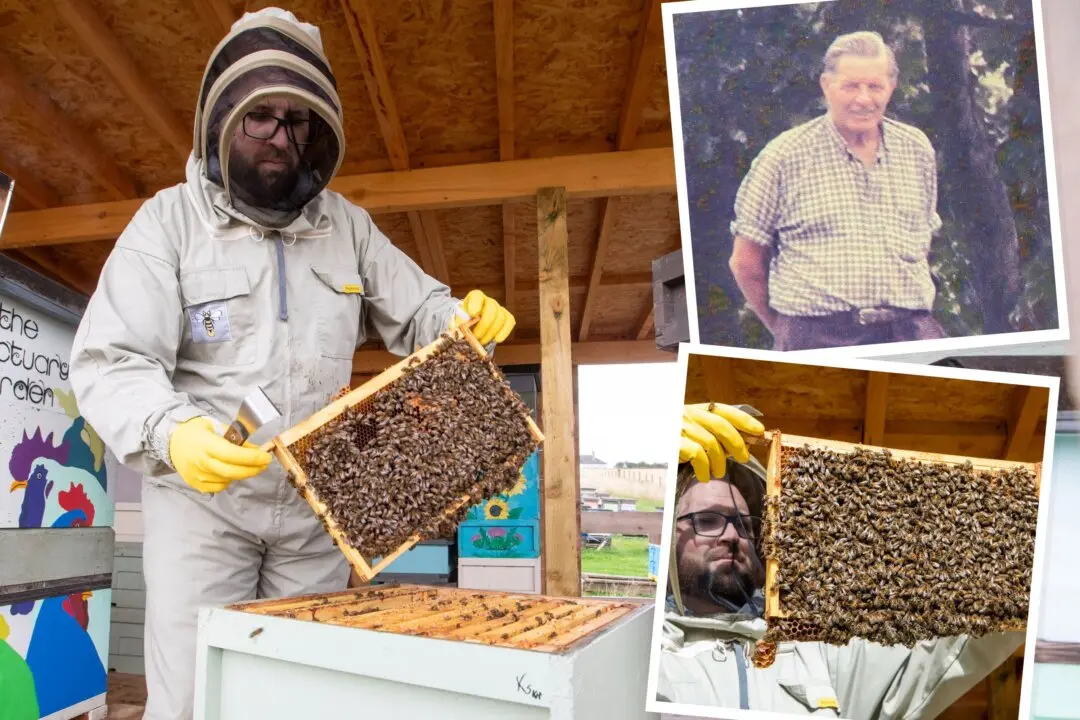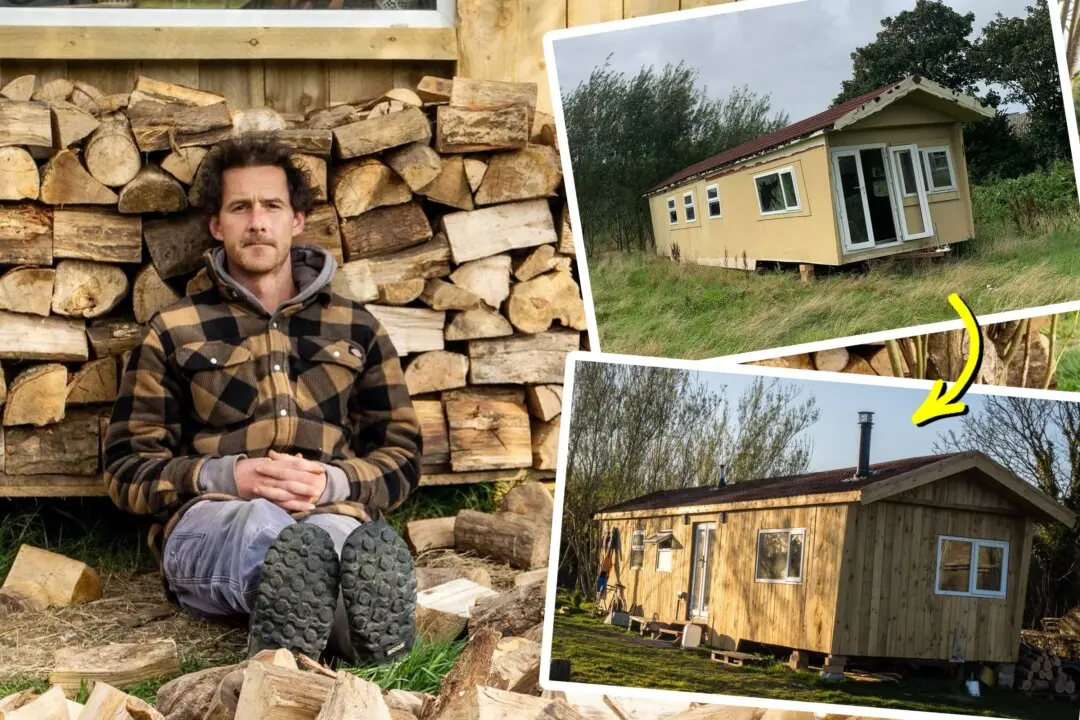Meet the emergency prepper who grows 900 pounds of fruit and vegetables with enough in the cupboard to last a year—and even has earthquake survival kits.
Kerrina Sanchez, 37, lives on a quarter acre of land with her husband, Jason, 34, and their three children—and they grow eighty percent of the food they consume.





